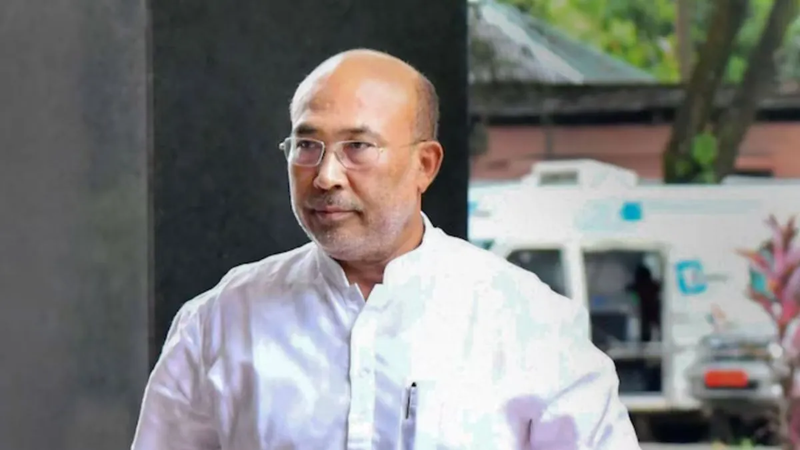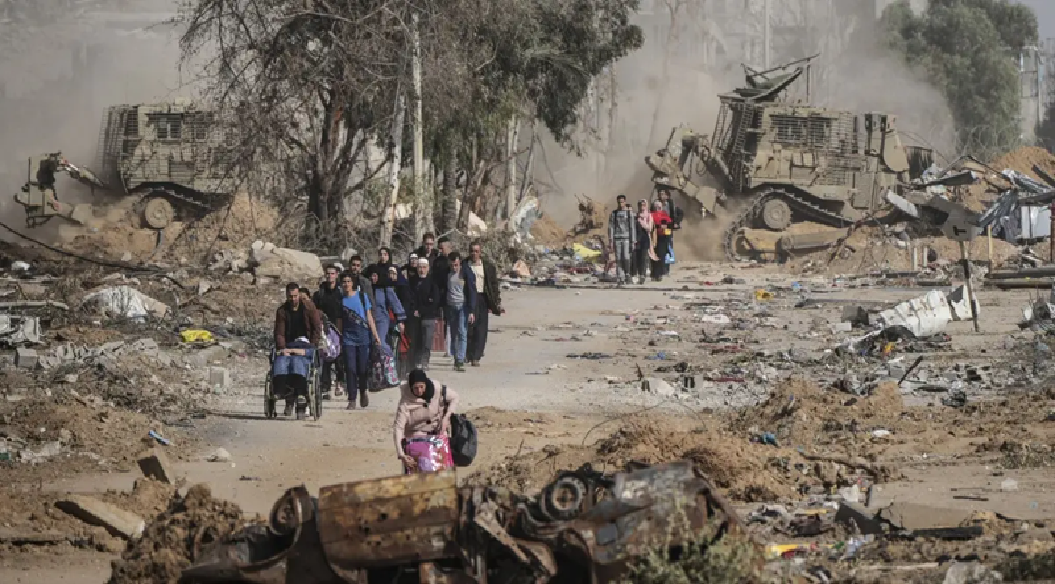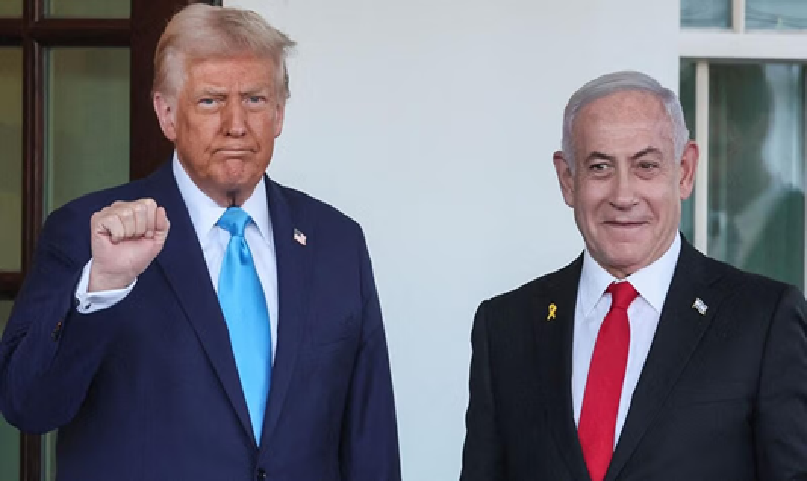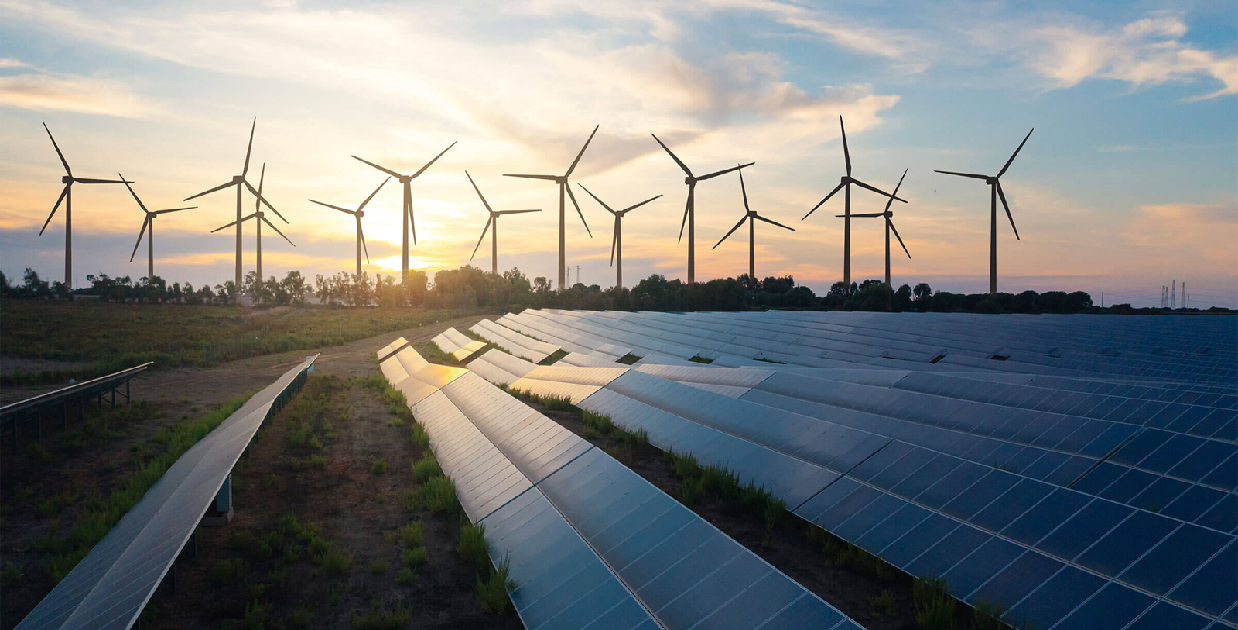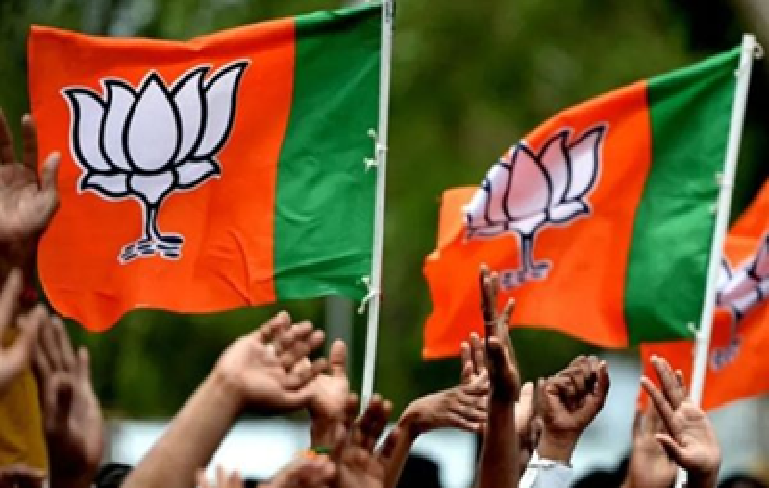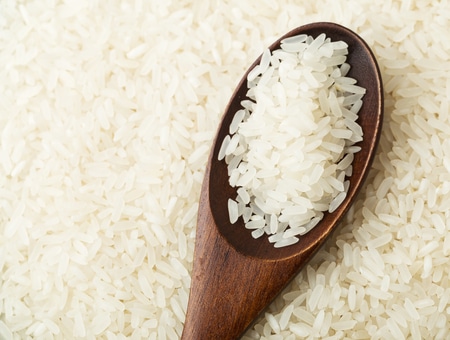
No health warning on fortified rice: Is this fair?
From a medical point of view, fortified rice is deemed unsafe for some people with health conditions. The government was under pressure in the Supreme Court, where it was facing litigation, to ensure it is not given to those who are at risk. The government instead set up a convenient expert panel to conclude that nobody needs to be warned to begin with. In 2021, the Modi government mandated that the poor in India should get only iron-fortified rice under all government schemes. This was despite public health experts warning about the dangers the rice would pose to people with certain genetic diseases such as thalassemia and sickle cell anaemia. The order was particularly dire for India’s tribal population, with the last available official estimates indicating that up to 34% of them are affected by these diseases. But, since the Prime Minister’s Office had endorsed fortified rice, there was no stopping it.
So, the government went ahead with just a weak cautionary notice on the rice sacks that told people with such diseases to avoid the rice. A civil society organisation challenged the government’s decision to supply fortified rice in the Supreme Court on the grounds that crores of poor people are not being adequately and properly warned about its impact. An investigation by not-for-profit Reporters’ Collective reportedly found that the Union government has done so on the basis of a hastily generated expert opinion of a scientific committee, based on an unrecorded conversation with an unidentified officer of the US Food and Drug Administration in the US Embassy in Delhi. Fortified rice is regular rice that is ground into powder, mixed with iron, vitamin B12 and folic acid, and then shaped back into rice grains using a machine. One such grain, called a fortified rice kernel, is blended with a hundred grains of normal rice. People suffering from severe forms of these genetic diseases are generally advised not to consume iron since they are at risk of ‘iron overload’ in their body. This in turn can lead to impaired immunity and even organ failure. But a large number of beneficiaries are not aware of what fortified rice contains. Even if citizens wanted to avoid fortified rice, the majority of beneficiaries of the public distribution system, like the woman, have little to eat other than what the government provides and are likely to overlook the warning on the wholesale rice sacks asking them to avoid it. In the remote tribal-dominated villages of central India, fortified rice has sparked panic and even protests as people found the artificially produced rice alien, earning it the name “plastic rice”.
The government’s insistence on this modified rice has received a fillip recently with Rs 17,082 crore fiscal allocations for the scheme over next four years. The move comes despite the PM’s Economic Advisory Council member publicly writing to warn about the failure of fortified rice in providing health benefits even to those not affected by the specific diseases. Investigations also revealed that a network of global NGOs linked to the Dutch company that manufactures and supplies the micronutrient powder used for fortifying rice were part of a government resource centre that chalked up the government’s rice fortification policy. In June 2023, a report by National Institute of Nutrition (NIN) on safety and efficacy of fortified rice reached the Ministry of Health and Family Welfare. The scientists asked the government to take on a more proactive role in ensuring people’s safety. They concluded that the warning labels should stay on.
 English daily published in Bengaluru & Doha
English daily published in Bengaluru & Doha

